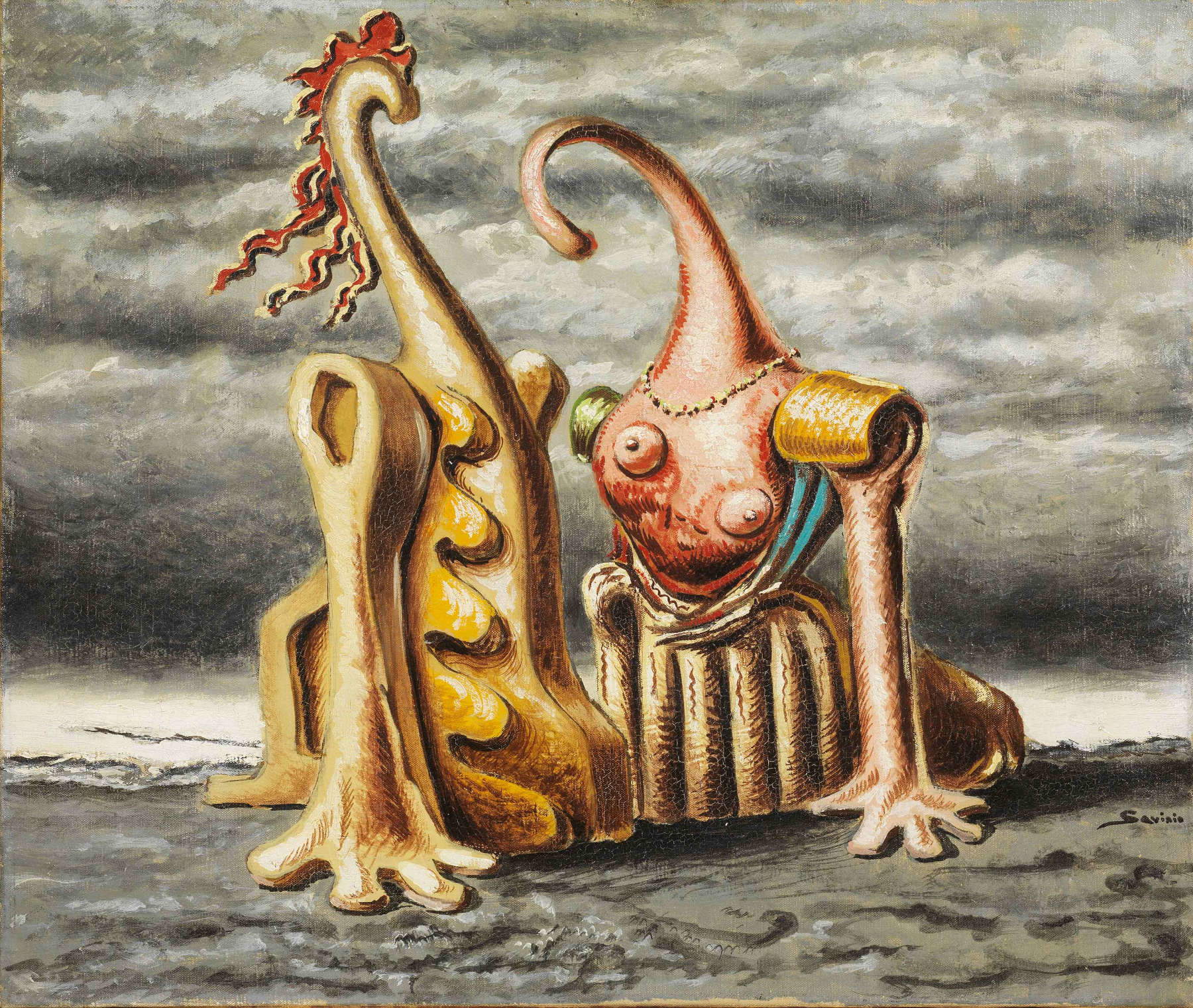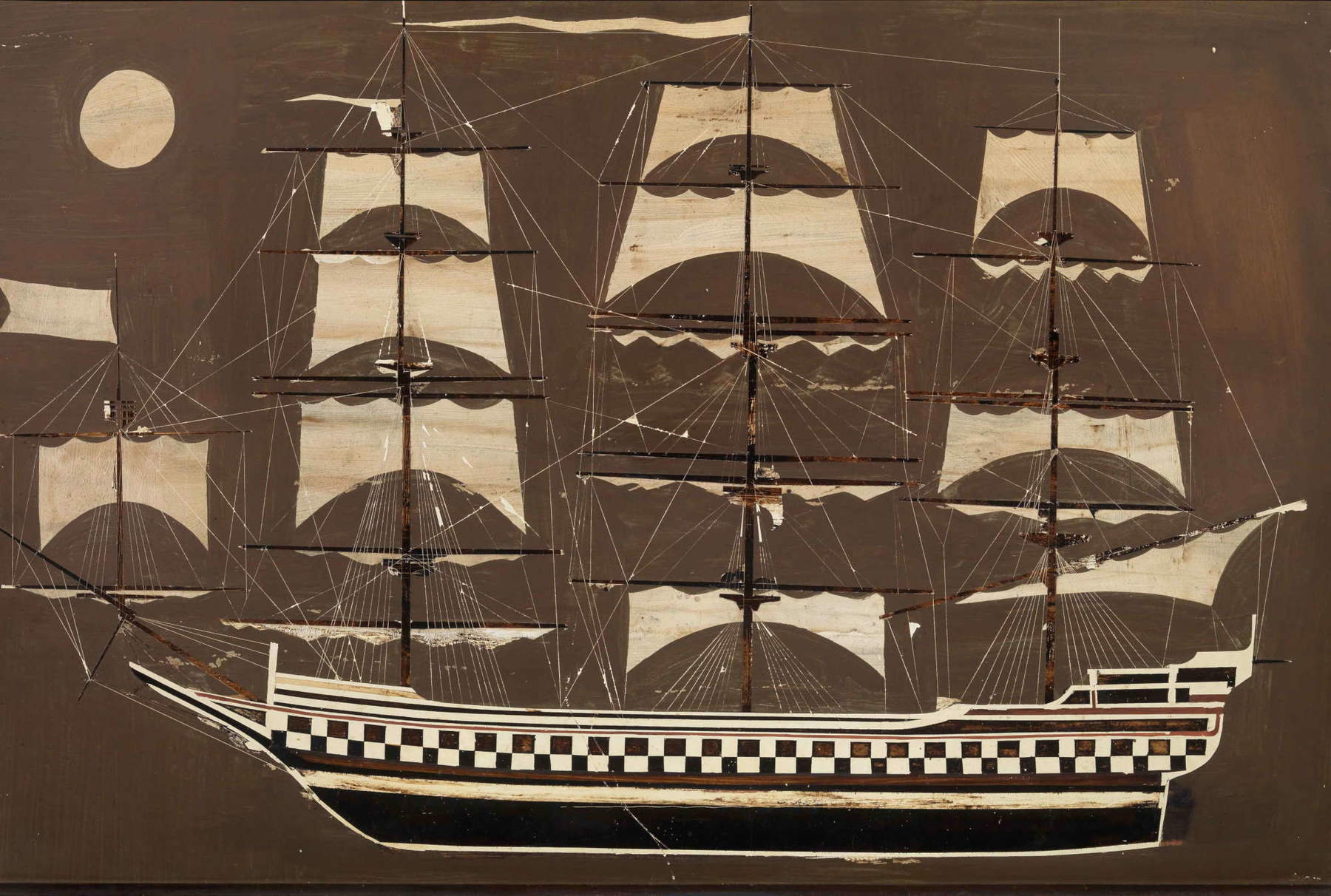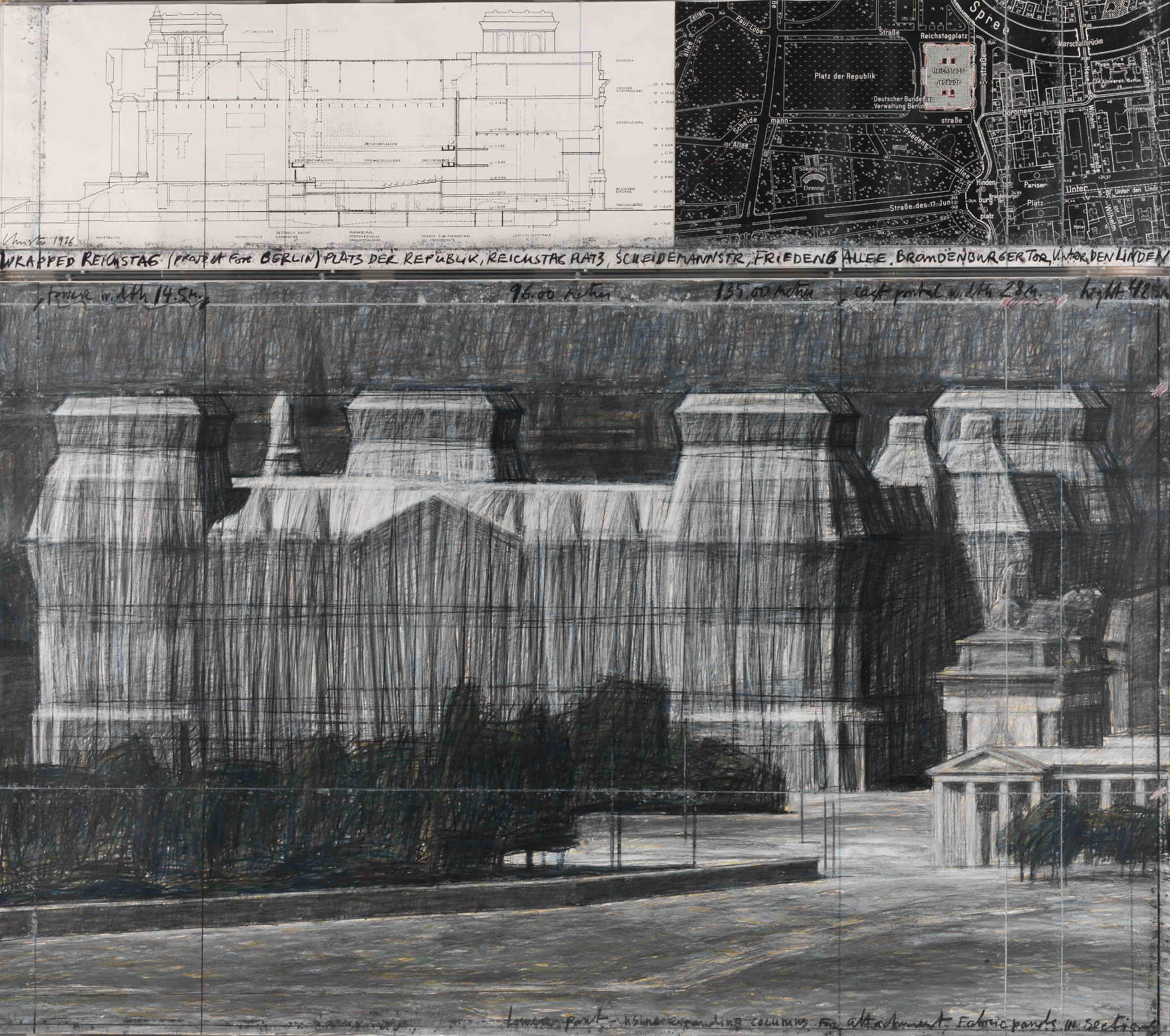Milan, from Tornabuoni Arte here is the exhibition 20X20: twenty masterpieces for twenty artists
20X20 Twenty Masterpieces for Twenty Artists is the title of the exhibition that Tornabuoni Arte opens Tuesday, April 9, and closes May 26, 2024, at its Milan headquarters.Marina Apollonio, Alighiero Boetti, Alberto Burri, Giuseppe Capogrossi, Mario Ceroli, Christo, Giorgio de Chirico, Gino De Dominicis, Filippo De Pisis, Piero Dorazio, Lucio Fontana, Renato Guttuso, Wassily Kandinsky, Alberto Magnelli, Carlo Mattioli, Giorgio Morandi, Claudio Parmiggiani, Pino Pascali, Alberto Savinio, and Paolo Scheggi. These are the twenty artists chosen for this particular exhibition, each represented by a work, among the most significant of their personal artistic process. Twenty works that Tornabuoni Arte has carefully selected, the result of the work of a refined research that it has been conducting for years with passion and dedication. 20X20 spans an entire century, starting from the 1920s, to the present day, with more recent works from 2023. The path begins with Alberto Magnelli’s Deux femmes, which shows Tuscan influences from the 15th century before his turn toward abstraction. De Pisis and Morandi follow, with De Pisis more vibrant and Morandi more meditative. Works such as Vaso di fiori (1930) and a landscape by Morandi (1938) highlight their differences. Kandinsky ’s Communiqué (1936) illustrates the international climate of abstract art research, focusing on graphic and emotional elements.
From 1940-41 is Still Life by Renato Guttuso, a key figure of the 20th century, an exponent of Italian Neorealism who also marked the political and social history of our country. These were crucial years for Guttuso, his father died, he joined the Communist Party and made one of his most famous paintings The Crucifixion. Still lifes are a constant theme in his production, which has the ability to restore in a completely personal and original way, simple everyday objects through the intensity of color and form. In this context we find voices as diverse as that of Savinio who, with Idillio marino of 1944, recontextualizes a visionary artistic expression, linked to the unconscious, nourished by surrealist and metaphysical suggestions. Giorgio de Chirico, one of the main reference points of metaphysical painting with Il Trovatore (The Troubadour), 1968 takes up one of his key characters, the mannequin, the protagonist at the center of spaces with rarefied, enigmatic atmospheres defined by architectural elements. With the end of World War II came the birth of thelnformal, an artistic expression that rejected figuration to adhere to the expressive urgency of using sign, gesture and matter. Prominent exponent was Alberto Burri, whose research was oriented on matter and materials, and who finds here in A 1, 1953, one of the most fitting examples of his poetics: the sacks of torn raw jute are translational testimony to the wounds and painful experiences left by the war and the passage of time. By contrast, from 1957, is Concetto spaziale by Lucio Fontana, who developed his theory of Spatialism, based on the union of time and space, mediated by gesture. The specification of a sign connotation characterizes Capogrossi’s language, evident in his 1954 work Superficie 106, where his typical archetype is repeated in various variations. The exhibition continues with two works from 1962: the Veliero by Pino Pascali, one of the firstArte Povera artists, and an untitled work by Piero Dorazio, a representative of the Italian abstractionist current and signer of the Gruppo Forma1 manifesto along with other artists such as Perilli, Accardi and Turcato.



In 1967, Alighiero Boetti joined the Arte Povera movement, participating in exhibitions in Genoa, Turin, and Milan. That year saw the creation of Mimetico, an almost readymade, almost monochromatic work chosen by Tornabuoni Arte. Mario Ceroli also joined the poverist experience, showing his ability to mix different art forms and constant use of wood, as shown in Untitled of 1971. Paolo Scheggi ’s 1966 Intersuperficie curva bianca is a monochrome featuring three overlapping canvases with circular openings, exemplifying his continuous conceptual and metaphysical reflection. In contrast, Marina Apollonio, with Dinamica circolare decagon 1970-2007, contributes to programmed art andoptical-art, emerging from the abstract experiences of the 1950s. In the 1980s, three representative figures emerge: Gino De Dominicis, with his refined and mysterious essence; Carlo Mattioli, anchored in figuration as shown in Nel bosco (1982); and Christo and Jean-Claude, pioneers of Land Art with the 1986 project Wrapped Reichstag, which visually and conceptually transforms selected places and monuments. The chronological journey concludes with the most recent work from 2023, an untitled work by Claudio Parmiggiani, an artist far removed from groups or movements, ideally closing the 20x20 cycle.
 |
| Milan, from Tornabuoni Arte here is the exhibition 20X20: twenty masterpieces for twenty artists |
Warning: the translation into English of the original Italian article was created using automatic tools. We undertake to review all articles, but we do not guarantee the total absence of inaccuracies in the translation due to the program. You can find the original by clicking on the ITA button. If you find any mistake,please contact us.



























